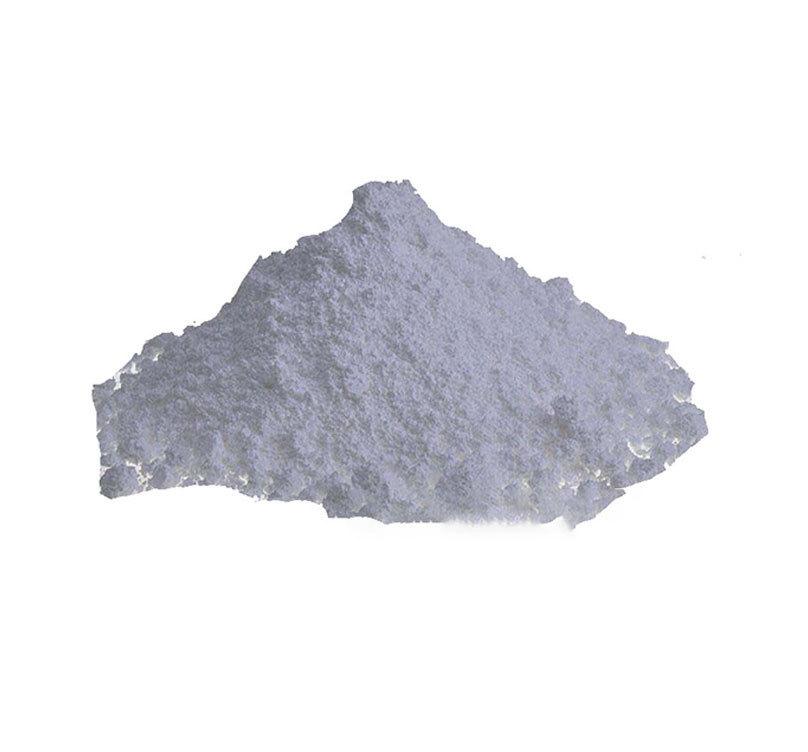policy-driven
The EU tire labeling regulations classify rolling resistance into A-G levels, and A-grade tires can reduce fuel consumption by 5% -7%. The Chinese "Green Tire Technical Specification" requires the rolling resistance coefficient of new energy bus tires to be ≤ 6.5 N/kN by 2025, which has forced a surge in demand for white carbon black.

Technical mechanism
White carbon black replaces the "physical filling" of carbon black with "chemical reinforcement":
Silane coupling agents (such as TESPT) react with hydroxyl groups on the surface of white carbon black to form Si-O-Si bonds;
The other end of the coupling agent combines with the rubber molecular chain to construct a "molecular bridge" structure;
This structure reduces internal friction in rubber and reduces hysteresis loss from 25% to 18%.
Economic analysis
Taking 175/70R14 tires as an example:
Carbon black formula: cost 85 yuan/strip, rolling resistance coefficient 8.2 N/kN;
White carbon black formula: cost 102 yuan/piece, rolling resistance coefficient 6.8 N/kN;
Calculated based on driving 20000 kilometers per year, each tire can save 120 yuan in fuel costs, and the cost difference can be recovered in 2 years.
industrial ecosystem
Global tire giants form deep ties with white carbon black suppliers: Bridgestone invests in Germany's Evonik 30000 tons/year gas-phase production line; Zhongce Rubber and Quecheng Co., Ltd. jointly establish the "Green Tire Material Joint Laboratory".
http://https://www.siliconeoil.net/
